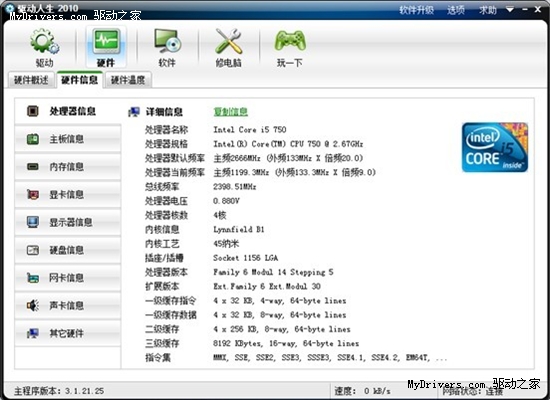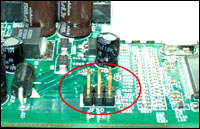原型模式:
用原型实例指定创建对象的种类,并且通过拷贝这个原型来创建新的对象。
应用场景: 类的资源非常多、性能和安全要求,一般和工厂方法结合使用。
复制代码代码如下:
<?php
/**
* 原型模式
*/
//声明一个克隆自身的接口
interface Prototype {
function copy();
}
//产品要实现克隆自身的操作
class Student implements Prototype {
//简单起见,这里没有使用get set
public $school;
public $major;
public $name;
public function __construct($school, $major, $name) {
$this->school = $school;
$this->major = $major;
$this->name = $name;
}
public function printInfo() {
printf("%s,%s,%sn", $this->school, $this->major, $this->name);
}
public function copy() {
return clone $this;
}
}
$stu1 = new Student('清华大学', '计算机', '张三');
$stu1->printInfo();
$stu2 = $stu1->copy();
$stu2->name = '李四';
$stu2->printInfo();
?>
这里可以看到,如果类的成员变量非常多,如果由外部创建多个新对象再一个个赋值,则效率不高代码冗余也容易出错,通过原型拷贝复制自身再进行微小修改就是另一个新对象了。
设计模式的第一部分,创建型模式就总结完了。下面还有两部分结构型设计模式和行为型设计模式稍后继续。

















